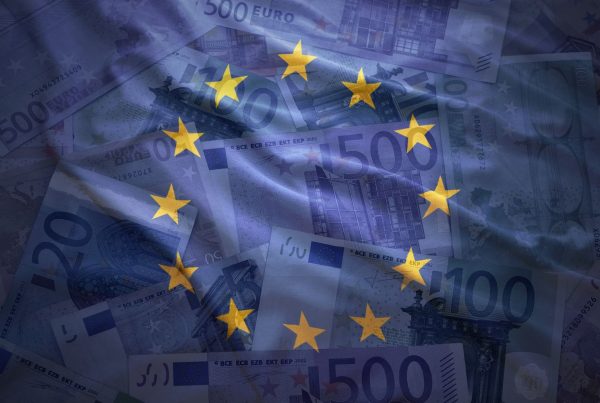The registration of intellectual and innovation property through Patent and Utility Models brings with it the compliance with a certain number processes, and it is not simple. However, carrying out these processes is advantageous. Firstly, it provides the registering company with an image of seriousness and respectability to any existing and potential clients, as well as in comparison to its competitors.
You may think that registering a patent may provide your competitors with clues when disclosing the invention in a descriptive report and provide other companies with unwanted information. However, it does not have to be that way and if the process is done by professionals, the product information shall remain protected as an Industry Secret.
Another advantage that a company may get from registering its intellectual and innovative property is that in ensures the possibility of licensing the products, meaning that it can only be used in exchange for economic compensation. Consequently, it can also benefit from tax incentives like Patent Box, meaning that the registration offers clear value to the company.
Utility Models and Patents are flagships for intangible assets and are eligible in the Patent Box tax system since it was implemented in Spain. The fact that they were not the only eligible intangibles (as, up until now, the registration of intellectual and innovation property in Patent Box was not mandatory), did not oblige companies to protect them via their registration, being subject to said tax system via the assignment or transfer, without any prior registration, of intangibles such as formulas, secret processes, industry designs and know-how. This has now changed, and registration is the solution for those companies who want to remain subject to this taxation instrument.
For a company, the registration of a Patent or Utility Model grants them with an unquestionable recognition, even from the Tax Agencies. It provides the company with a legal security that covers the classification of the Patent and Utility Model as well as intangible assets which are undoubtedly eligible for the application of taxation instruments such as Patent Box, and its eventual review in a tax inspection. The valuation of these types of intangible assets in regard to setting their market price is also simpler and respects the criteria of free competition as well as distancing them from so-called hard to value intangibles, Action 8 BEPS.
The main difference between Invention Patents and Utility Models is protection. In the case of the latter, it does not just protect an item, but the invention activity thereof, meaning all activities that constitute as the production of an object’s configuration or a structure from which a use or practical advantage derives, according to the OEPM. The degree of inventiveness in theses cases in less than in a Patent.
In the offset the requirements in relation to the innovation of the patented product are less restricted in Utility Models than Invention Patents. While Invention Patents require that an item or technique to be patented is not used anywhere in the world, Utility Models only need to be verified on a national scale. The protection period offered by a Utility Model is 10 years, which is undoubtedly a lot shorter. However, the processing times and the costs involved are much less than for a Patent, meaning that Utility Model is usually the first option taken by a company aiming to register its invention activity, know-how or processes. In this sense, it is essential to qualify that the invention processes cannot be protected by a Patent but can be registered in a Utility Model.






